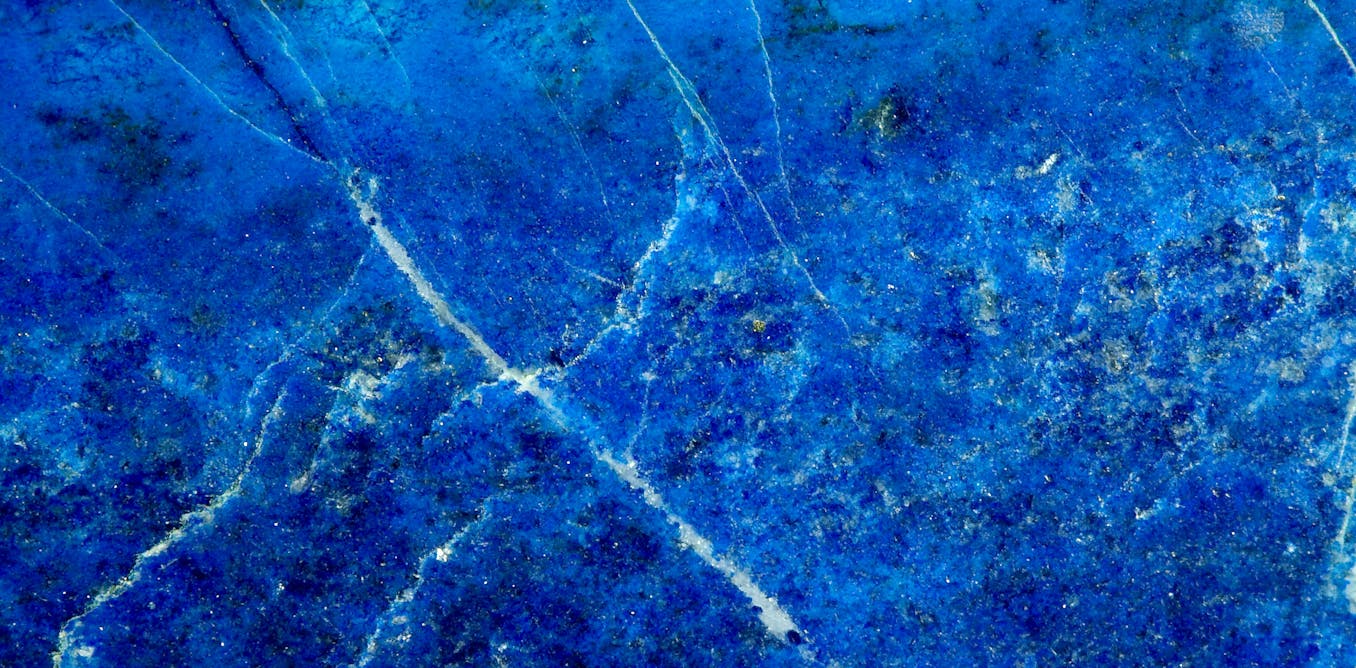theconversation.com: We recently and unexpectedly revealed direct archaeological evidence of involvement of medieval women in manuscript production, challenging widespread assumptions that male monks were the sole producers of books throughout the Middle Ages.
We did so by identifying particles of blue pigments in the fossilised dental plaque of the remains of a medieval woman as lapis lazuli, a stone more precious than gold at her time.

2 comments:
I was surprised to hear that ancient artists are not well documented. Since so much of early documentation, like manuscripts, was more of an art form rather than a simple keeping or records or boring typed documents, I would have thought that the people doing that documentation or art would have been important enough to also keep documented. But I guess that if you are the one doing the documenting, then perhaps there is no one also documenting you. I think it is pretty great that archaeologists went back and re-examined the one seemingly uneventful part of this skeleton, the tartar in her teeth, and how that led to “an unprecedented find”. It is interesting to see how an artist’s habit created a physical change to their body, and a change that lasted through the decomposition of their body and hundreds of years. It made me think about how what I do in the workplace affects my body, and perhaps be more wary of how my bad habits affect my health long term.
I loved hearing the process of how they discovered Lapis Lazuli found in the ancient teeth of women, revealing women’s involvement in medieval manuscripts. The information given I found extremely interesting. Though I first read the article, because of the title, assuming the article would focus more on big picture what this means for women’s missed representation in our history. They did give historic insight Into the job these women played, a role thought to be filled only by male monks. I’m still interested in what this means for women in the past, and how this information can affect the future. Although the article was not entirely what I initially expected, I still found this a valuable and interesting read, what I did learn in the article was something I would be interested in learning already. I hope that this discovery can be expanded upon, finding further evidence, and this information further spread.
Post a Comment